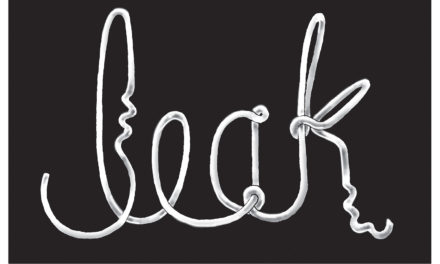From Fortune:
ROUGHLY 200,000 Americans will sleep rough tonight; many have done so for years. The fact that this is happening in the richest country in history is a travesty. But you know that. You’ve heard it again and again. You’re not heartless, but you’re tired of being guilt-tripped.
Yet there is a new way of thinking about homelessness whose language will sound familiar to FORTUNE readers. It uses terms like performance-based contracting, consumer-centric solutions, and ROI. Applying business logic to this intractable area of social policy is more than semantics. It is a revolution that both the public and private sectors are beginning to buy into.
Social scientists in the 1990s began to document the fact that the hard-core homeless are not like you and me; they are not even typical of homeless people. They are a distinct market segment. On any given night, perhaps two million Americans are homeless, but only about 10% are chronically so (on the streets for a year or more). The chronically homeless are overwhelmingly male, and almost all have some impairment–mental illness, disease, disability, drug or alcohol abuse.
The second crucial datum is that life on the streets is not cheap. That guy you’ve been passing in the box under the scaffolding costs the city of New York at least $40,000 a year in jail time, shelter costs, emergency room visits, and hospital stays. In Dallas, researchers put the figure at $50,000; in San Diego, as much as $150,000.
The new paradigm is that by focusing on the chronic homeless, cities can get people off the streets and spend no more and maybe less than they do by letting them stay there. “Cost-benefit analysis is a friend to the homeless,” says Philip Mangano, a former music impresario who heads the federal government’s Interagency Council on Homelessness. His goal is to end hard-core homelessness in ten years. So far, 200 mayors–Mangano likes to call them “CEOs of cities”–have drawn up plans to do just that.
That’s where business metrics come in. The first step is to establish a baseline of just how big the market is. This is typically done by a street count–going out at night and seeing how many people are sleeping rough. Atlanta figures it has as many as 2,000 chronically homeless; Detroit, 1,200; New York, 4,400. Accountability comes by setting benchmarks for improvement and rewarding those who meet the numbers.
Next there are the consumers–the homeless themselves. The market research is done the usual way: asking what they want. The typical response is emphatic. They don’t want a 12-step program or a bed in a shelter. What they want is a room of their own.
Putting it all together has resulted in a strategic plan, Housing First. That is, get people into a room or apartment, by either renting in the private sector or building permanent supported housing, and then bring social services to the tenant. The rationale is brilliantly simple: If you give people what they want (not what you think they should want), they might just accept it.
It seems to work. Pathways to Housing, a nonprofit, has placed some 400 chronically homeless, mentally ill New Yorkers in rentals and reports a success rate of 88% (defined as not returning to the streets for five years), at a cost of about $22,000 a year per person. ValueOptions, a managed-care provider, reports a 92% success rate with a similar population in Phoenix, also using private housing. Having a real address boosts medical compliance, reducing costs down the line, which matters to ValueOptions, a for-profit company. Using the same strategy, San Francisco has seen a 40% drop in street homelessness, and companies like PG&E, Gap, Charles Schwab, and J.P. Morgan Chase are supporting the city’s ten-year plan.
So are these 200 cities really going to end chronic homelessness? As with any business plan, a lot has to go right. But while applying the metrics of business to homelessness may sound icily clinical, ultimately this is the language of hope.



